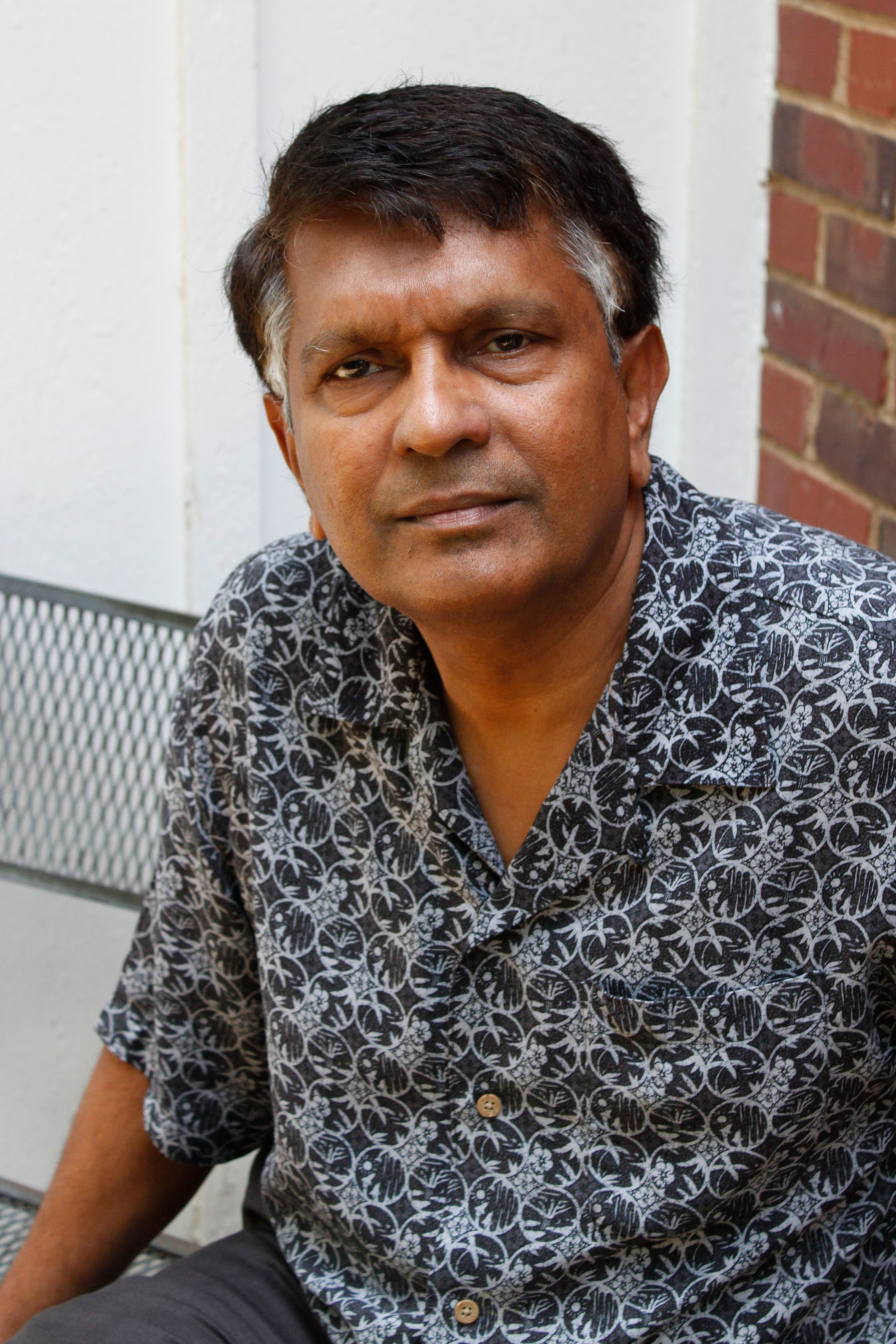Athens, Ga. – Decades of research show people born into poverty are likely to continue to live that way as adults. But one University of Georgia researcher has found a way out-education.
Children reared in disadvantaged communities and poor families earn less money and experience more health problems as adults than do children raised without adversity, according to Kandauda Wickrama, a professor of human development and family science in the UGA College of Family and Consumer Sciences.
“Early adverse life experiences, such as community or family poverty, have a detrimental effect on young adults’ social economy attainment-income, assets and job quality,” said Wickrama. “Living in an adverse environment during childhood has a persistent, long-term affect on young adults. Although you can change the place where you live, clearly early adverse experiences are under your skin.”
Wickrama’s research, published in the April issue of the Journal of Youth and Adolescence, found the level of educational achievement moderates the persistent influences of earlier life experiences on young adults’ socioeconomic attainment.
According to the research, community poverty, African-American and Mexican-American ethnic status and being female negatively influenced the level of young adults’ assets significantly, while Asian and Cuban ethnic status, family income, consistently married parents and self-esteem positively influenced the level of young adults’ earnings significantly.
Results show Asian and Cuban youth achieve higher levels of income, assets and job quality in young adulthood than Caucasian youth regardless of their community and family characteristics.
“Our results show that not all racial/ethnic minority groups are disadvantaged when compared to Caucasians,” he said.
Using the proportion of families living below the poverty line as a measurement for community poverty, the research showed less than a $10,000 decrease in asset value for each doubling in percentage of people living below the poverty line. But, this negative effect for lower educated younger adults is large, a $141,000 reduction in asset value. Similar results were found in relation to income and job quality.
Using a nationally representative sample of more than 12,000 adolescents from a longitudinal study by AddHealth, the research shows that minority race/ethnicity status also adversely impacts young adults’ socioeconomic attainment. On average, African-Americans earn $5,330 less per year than Caucasians from the same community. Mexican-Americans earn $3,960 less yearly when compared to similar Caucasians.
The research also shows this gap can be lessened with education. For African Americans, average annual income increases $6,700 for each gain in education, from high school graduation through college.
“In general, early community poverty has a negative influence on young adults’ assets, income and job quality,” said Wickrama. “However, this negative influence is not significant for highly educated young adults.”
Historically, research shows that poverty in a person’s community and family causes irreversible early developmental damages that affect social attainment for young adults.
“The literature shows that these are irreversible damages, but our findings show you can reverse some of this,” he said, “specifically through education.”
Poor communities lack educational and health services, social organizations and recreational facilities. Community stress, he said, means the communities are “full of drugs, violence and crime-the people who live in those communities experience community stress. Exposure to a threatening community environment is a powerful stressor. It can have a persistent influence over the life course of the individual.
“Education doesn’t erase the influence of early community adversity,” Wickrama said. “It can buffer it substantially if educational attainment is high enough, but it doesn’t erase it.”
In a previous study, published in the November 2011 issue of the Journal of Community Health, Wickrama used the same data set from AddHealth to examine the impact that early adversity has on cardiovascular disease. His research showed African-Americans and Mexican-Americans are disproportionality disadvantaged in health as well.
The findings show a 4.80-unit increase in diastolic blood pressure for each unit increase in community adversity, as defined by a 100 percent increase in the proportion of families living below the poverty line. Again, education appears to be the key. The findings show a 4.16-unit decrease in this effect for each incremental gain in education.
“Regardless of where they are now, if they have lived in adverse communities in their young life, they have higher levels of blood pressure and arterial pressure,” he said about the study.
Results show early community adversity and African-American racial status place young adults at risk for heart disease.
An abstract of the article, “The Influence of Ethnicity and Adverse Life Experiences During Adolescence on Young Adult Socioeconomic Attainment: The Moderating Role of Education,” is available at http://www.ncbi.nlm.nih.gov/pubmed/22528370. An abstract of the article, “Early Community Contexts, Race/Ethnicity and Young Adult CVD Risk Factors: The Protective Role of Education,” is available at http://www.ncbi.nlm.nih.gov/pubmed/22101680.


